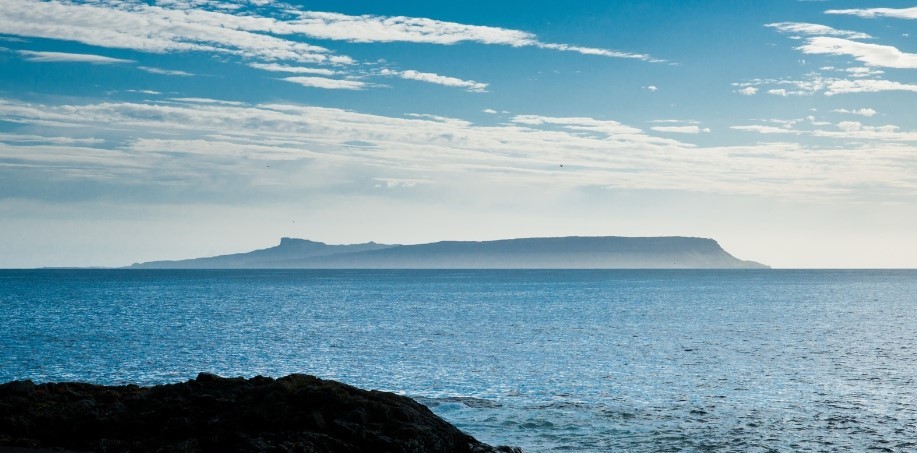The future of crofting on Eigg to be explored

Eigg has a long history of crofting and has twenty-one crofts split across two townships. While traditional crofting is much less prevalent than it was 30 years ago, it still plays an important role in the economic, social, and culture of Eigg.
Together, the community landlord and crofting tenants are inviting tender proposals from crofting experts to write a development plan that supports the community’s vision to “revitalise the Eigg Crofting Community, by encouraging increased use of the croft land, reducing absenteeism and promoting the retention of community owned croft land with a long-term objective to establish and maintain greater access to crofting”.
Based on consultation with Eigg’s crofters and other stakeholders, the development plan will explore the challenges and opportunities for crofting on Eigg and identify how it can be developed more sustainably.
This will include options for the best use of croft land, how to encourage and support new entrants, diversify income, and work collaboratively to mitigate the impact of climate change.
The Isle of Eigg sits 10 miles off Scotland’s West Coast was one of Scotland’s first community buyouts and the first island buyout, Eigg has been owned/managed by the Isle of Eigg Heritage Trust (IEHT) since 1997.
The development plan will demonstrate how the ambitions and challenges Eigg’s resident crofters and stakeholders express during consultation might be supported. The plan will reflect these ambitions and challenges and provide a document that can be adopted and used by the IEHT and the crofting community. It should include:
- A detailed profile of current crofting practice on Eigg, highlighting the current economic, environmental, social, and cultural challenges and opportunities.
- Examples and case studies from other crofting communities relevant to Eigg
- An appraisal of how current crofting practices and ideas for diversification might grow and strengthen crofting on Eigg.
- A summary of available support for existing crofting practices and diversification.
- Identification of key priorities and their associated outcomes and activity for IEHT, for crofters, for SWT and other stakeholders for the next five years.
- An outline of how the plan will be monitored and reviewed.
- An executive summary of the plan for wider dissemination.
Funded through the Highland Council’s Community Regeneration Fund, the full tender document can be found on Eigg’s website at https://bit.ly/EiggCroftDev


